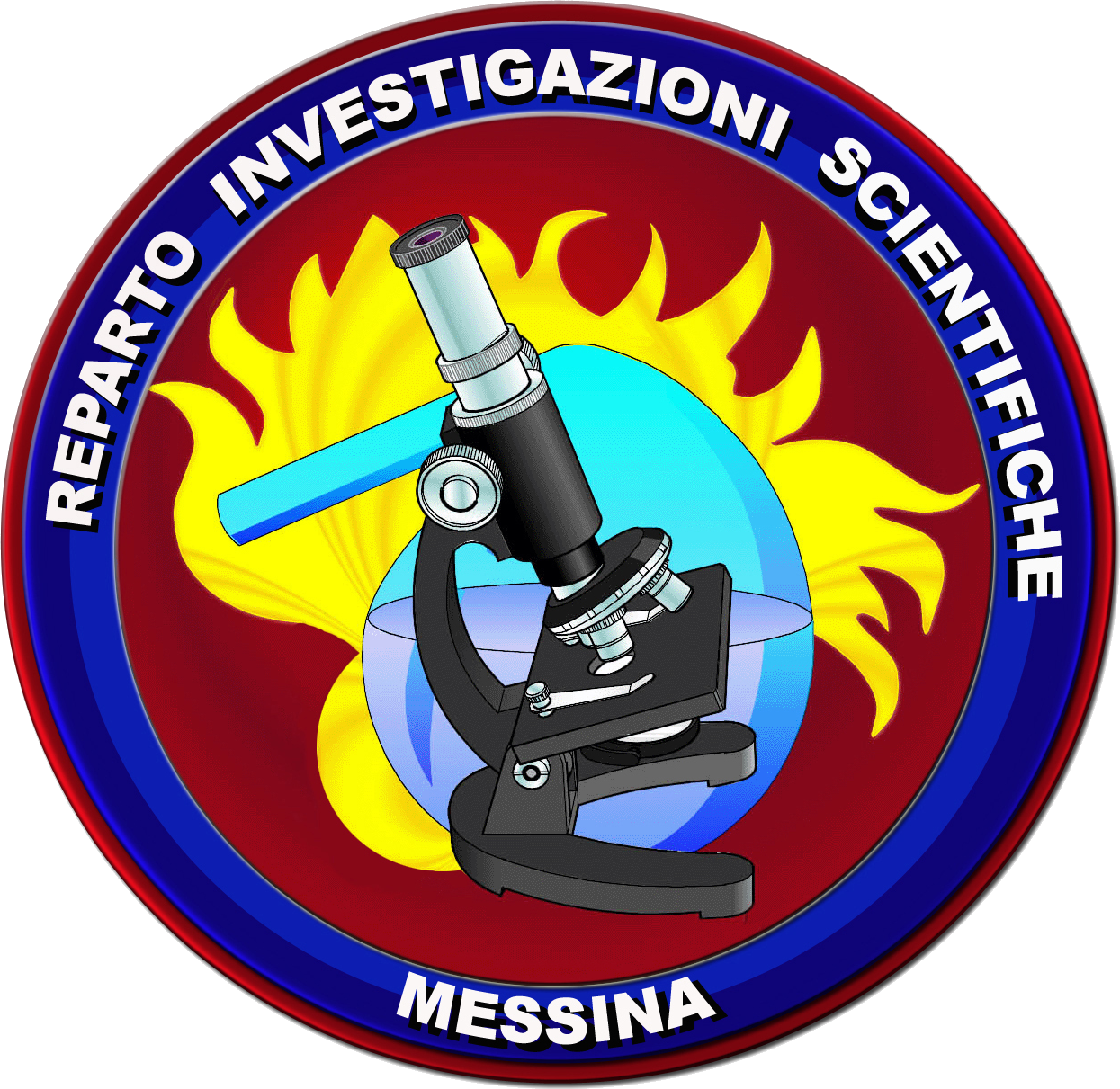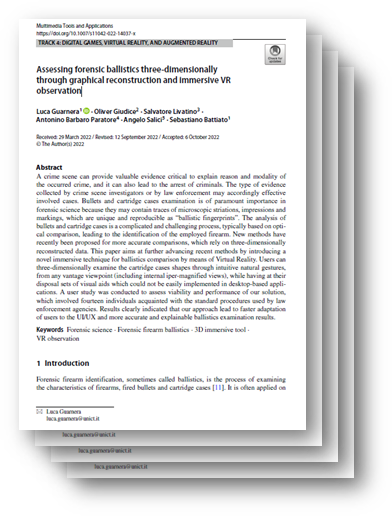




Assessing Forensic Ballistics Three-Dimensionally through Graphical Reconstruction and Immersive Observation
Luca Guarnera1, Oliver Giudice2, Salvatore Livatino3, Antonino Barbaro Paratore4, Angelo Salici5, Sebastiano Battiato1
1 Dipartimento di Matematica e Informatica, University of Catania, Viale Andrea Doria, 6, Catania, 95126, Italy - luca.guarnera@unict.it, battiato@dmi.unict.it
2 Applied Research Team, IT Department, Banca d’Italia, Rome, Italy - giudice@dmi.unict.it
3 School of Physics, Engineering and Computer Science, University of Hertfordshire, Hatfield, AL10 9AB, UK - s.livatino@herts.ac.uk
4 iCTLab Spinoff of University of Catania, Viale Andrea Doria, 6, Catania, 95126, Italy - antonino.paratore@ictlab.srl
5 Carabinieri Scientific Investigations Department of Messina, Via Monsignor D’Arrigo, 5, Messina, 98122, Italy - angelo.salici@carabinieri.it



